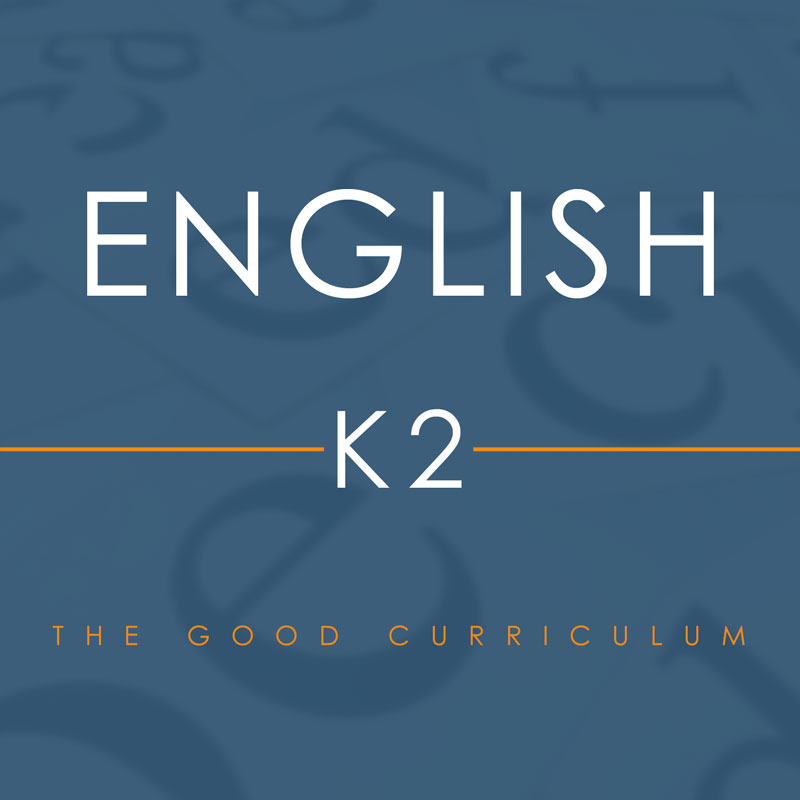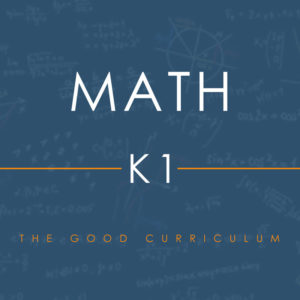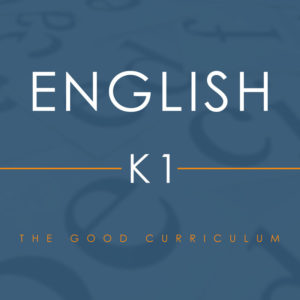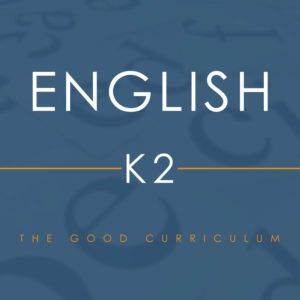Description
The videos do the heavy lifting. All you have to do is go to the daily lesson, click the video’s play button, and observe how your child does. Also, you must print out the worksheets and hand them to your child. The pace of the program is controlled by the parent.
Students learn online guided by a certified teacher. They learn at their own pace. Videos can be stopped to review information if needed or re-take assessments. Students take charge of their own learning.
English is a phonetic language. This means that English words are able to be sounded out and not memorized. In this course, we will cover 26 single phonograms and 32 multiple phonograms (their sounds and their writing). Students will be trained to connect sound and symbol together, develop phonemic awareness, sound and read multi-syllable words, write phonograms, words and sentences independently. Students should not be intentionally memorizing words at this stage. Students will pick up some vocabulary through review. The goal of this course is to develop students’ fluency in reading, and prepare them for vocabulary learning in Kindergarten 3.
In this course, we teach the sounds of the phonograms instead of the letter names (ABC). Letter names are the names of the symbol (phonograms) representing the sounds, but does not necessarily mean that a particular phonogram contains the name of the phonogram. Knowing the letter names is important, but not at this stage – it comes later.
We have short stories available for students to either listen to, or to read independently. Before students are able to read with fluency and intonation, there needs to be input. Input comes through listening and reading. Once there is enough input, then students are able to output – through speaking and writing. Stories are broken up into fiction and non-fiction stories, so students are able to accumulate vocabulary from different themes.





Reviews
There are no reviews yet.